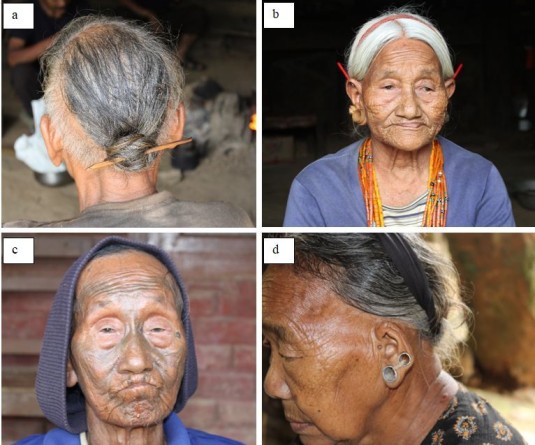
Arkotong Longkumer
Recently I have been listening to a lot of jazz music. Jazz, as someone put it, tend to be anti-classical, not that it is against the making of classical music or its opus stature. Jazz is like a breaking from the solipsistic bubble of classical music and finding out that beyond any form of music there is another level that occurs when it is loose, potent—in the cusp of probationary magic and divination. That leap occurs when there is some sort of creative experimentalism behind the strict dogmas of structure. So yes, Jazz is anti-structure: it is not only a rhetorical device to impute an understanding in language, but something that addresses the human condition as fleeting and unpredictable.
Jazz, according to the Encarta World English Dictionary, means ‘unnamed related things or belongings‘. Jazz thus incorporates the basic elements of improvisation (the ability to create spontaneous new music) and syncopation (jazz musicians take regular and even patterns and break them up into uneven patterns, putting accents on unexpected places). This typology makes jazz an ingenious American Art form; it combines Black American music, Afro-Caribbean rhythms, American band traditions and instruments, and European harmonies and forms. This unique form has undergone various altercations giving rise to different forms of jazz music: from Dixieland, to Chicago style, Bebop, Cool jazz, Fusion, and so on.
Much of jazz breaks the norm—that music must be within a genre. Embracing a genre confines the material to its category; jazz can curtail those caricatures and typifies the notion of experimentalism in the deepest exposition of music. Jazz has the ability to energise the performer and the audience at the same time, because it acts as a literary tool whereby, like a piece of poetry, musical notes are quoted to invoke something in the past, as well as forming a form within the form, to extend the life of another piece in the particular moment. This exchange makes jazz an exciting enterprise.
When I listen to jazz, through its complex patterns, the varying degrees of themes are inadvertently reduced to a single voice. Transcending boundaries of my sensibilities is achieved by some innate signal of profundity. This surcharge is provided by jazz’s unique and subtle variation that blurs the vision of the world to something that is hoped for, a hopeful remedy. Jazz is the remedy for the soul.
But if jazz develops in some plane of human conditioning then Naga society is ripe for such experimentalism. Fear, dread, nausea, and the weighing down of optimism must find a venue for expression. Art is the most vibrant form to find optimum voices for this venture. During the nascent formation of jazz, most black artists could not perform on stage with other white musicians, let alone find a voice within the public arena (Benny Goodman in 1938 first showcased an interracial band)—their talents flourished largely underground or only within their own communities. The element of creativity and risk in such turbulent times solidified over the years till they gained prominence, thanks to their large acceptance in Europe, becoming a major force in the international scene. Jazz over the years has touched on rhythms from Africa, Asia and other countries (The Pat Metheny Group for example has members from Cameroon, Vietnam, Mexico and the United States.) Thinking of jazz as an art form has erupted as artists from across countries and regions explore a common humanity, leaving behind the rigidity of their cosmology and embracing the marginal. In India itself one can see hundreds of artists collaborating with other artists around the region, and over the world.
Naga artists must try to embrace this reality that an encapsulated world only starves creativity. The stress should be on how our own local art forms can negotiate and meditate on the interconnectedness of art emerging in other communities. So can rock be fused with Naga musical styles? Can choir music be performed with basic Naga vocal harmonies that are not processed and clinical? It can be ‘our own’, based on our rules (like the popular South African a cappella group of Ladysmith Black Mambazo)? There must be many ideas out there which engage with these ideas. Explore.
I believe much of creativity comes from how a society adapts to its own mechanisms of change and evolution. Outward physical violence negates this creativity process; in creativity the feminine spirit is born; there is no harm in embracing this. In a society such as ours with its changing mechanics of power relations—that privileges physical aggression over active non-violence—a new monster is created which must be confronted. I believe that the spirit of jazz, as an analogy, will soften this monster of hate by emphasising the liberal spirit of love, passion between the believer and the beloved. The beloved being the sacred entity that such creativity creates, be it the muse, the object of passion, the object of reverence, the object of overwhelming energy. The trick is to find the mojo behind every object and recover the subject with the use of that mojo—that will tame the monster behind every pain and solace.
These are only some of the ways to nurture our creativity. One beginning—start listening to jazz.
(The writer is pursuing studies on Culture and Religion from Edinburgh University, UK)





